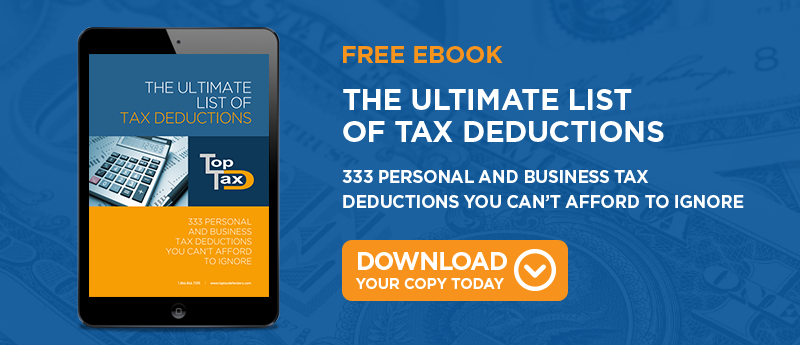
People who work as employees have the good fortune of their employer withholding and paying in taxes for them. All they have to typically do is await their W-2s in the mail each year, file a simple 1040 form, and await any refund that might be owed to them.
Self-employed individuals, however, must go through a lengthier process when it comes to filing and paying taxes. If you are self-employed, you can make this process easier by following these six important yet relatively simple steps.
Determine if You are Self-employed
This step seems almost too obvious; however, it can save you time and effort if you genuinely are not required by the IRS to file as a self-employed individual. The IRS classifies people as being self-employed if they:- Are the sole proprietor of a business
- Work as an independent contractor
- Are in business for themselves, even on a part-time basis
- Are partners in a trade or business
Gather Your Earning Statements
After determining if you are truly self-employed, you must then gather your 1099s. The clients with whom you contract have until January 31 to mail these forms.If you fail to receive them by February 1, you should contact the clients and ask when you can expect to see them in your mailbox. Incidentally, if you also earn an income as an employee, you also should make sure you receive your W-2 by February 1.
Organize Your Receipts and Invoices
As a self-employed worker you have the option of claiming certain exemptions and deductions on your return. You may be eligible to withhold expenses for:- Business-related supplies like printing paper, pens, and your computer
- Gas, travel, or expenses incurred while entertaining clients
- Your health insurance premiums
- Costs of maintaining a home office
Determine if You Made Enough to File
This suggestion likewise seems obvious. However, some independent contractors do not make enough money to actually file a tax return. The IRS requires that you file a return if you made more than $400 for that particular tax year.You can determine if you made this amount by subtracting your expenses from the money that you earned. If the amount is over $400, you must file a self-employment tax return.
Use the Right Forms
When you file as a self-employed individual, you must use forms that employed workers are not required to fill out and submit. The most notable form that you must use is the Schedule C.
The Schedule C actually comes in two variations: the Schedule C-EZ and the Schedule C-SE. You can determine which one is best for your tax filing purposes by referring to the IRS website.
You also must fill out and submit a Form 1040 with your return. This form likewise can be found on IRS.gov.
Complete and Submit
As you fill out the forms it is important that you accurately record the information that is found on your 1099s. The 1099s will provide the income amount that you need to report on your return.After you complete the form, you can then make a note of how much money you owe to the IRS in taxes. You can either pay your taxes on a quarterly basis. The dates for paying quarterly each year are:
- April 15
- June 15
- September 15
- January 15
If you choose not to pay on a quarterly basis, you can pay your taxes in one lump sum by April 15. If you prefer not to pay online or electronically, you can send a check or money order in with your return. You can likewise send in a check or money order by the April 15 deadline if you need to save the money and pay later.
Filing and paying self-employment taxes can be simpler than it actually looks. These steps can make the process easier and also allow you to abide by the IRS tax filing codes for independent contractors and business owners.




